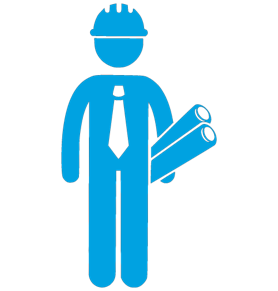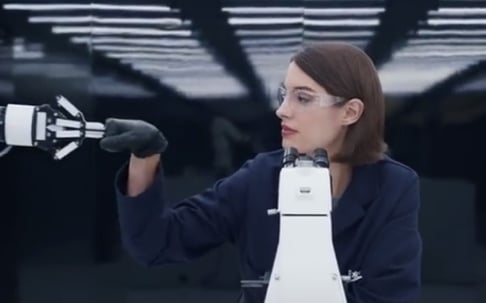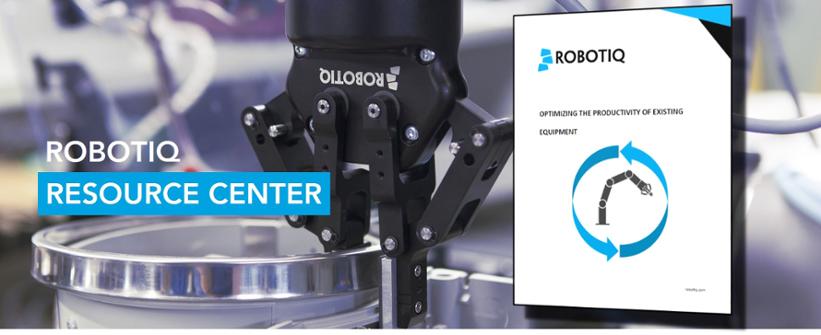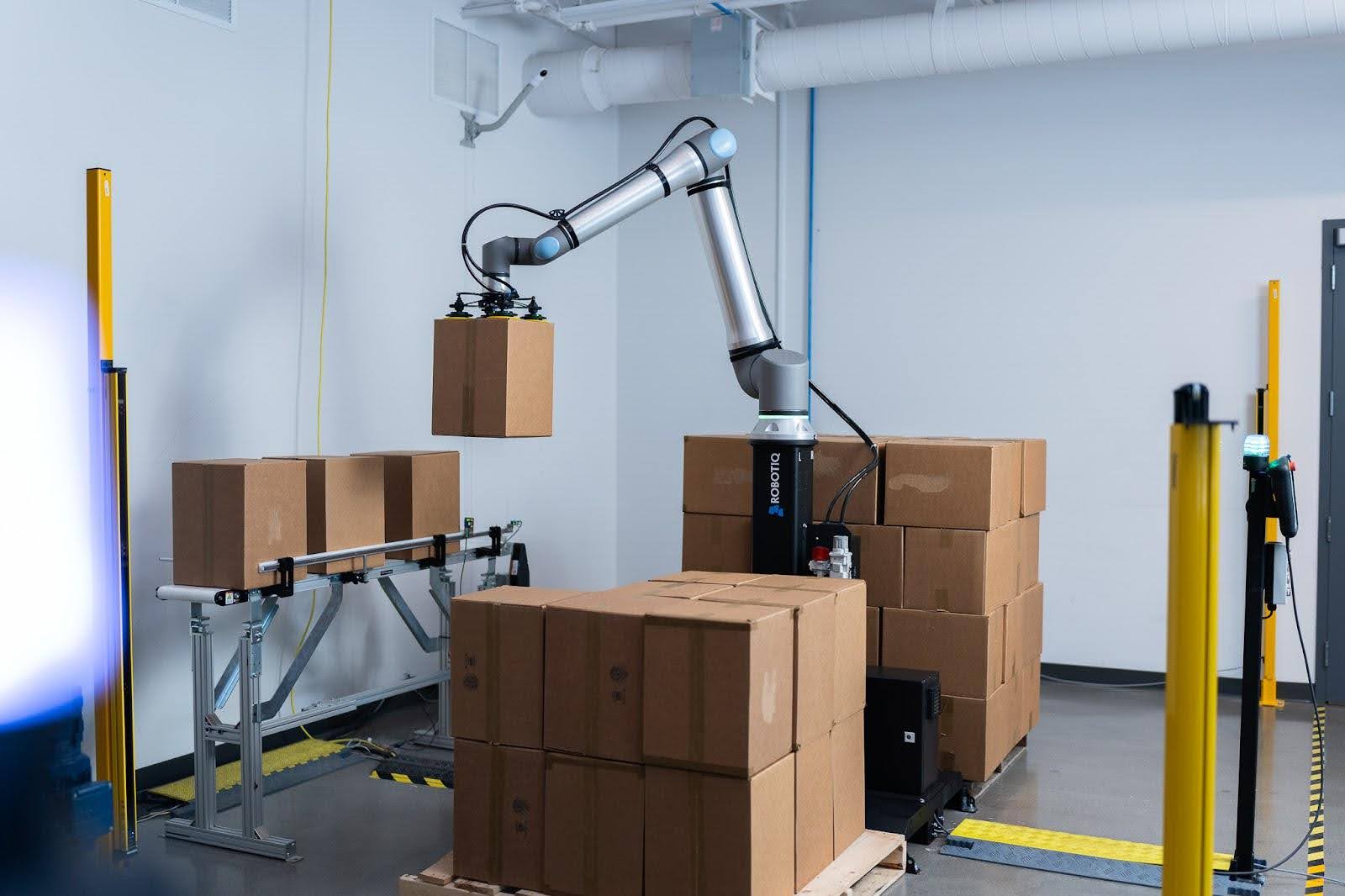Increasing Productivity in Manufacturing: Optimizing Labor Costs

Posted on Aug 31, 2016 7:00 AM. 2 min read time
 Since your goal is to increase production; you are going to try to keep your labor costs as low as possible. There are several ways to do this. Laying off people may seem the easiest and fastest way, but in reality it is not the best way to tackle this problem. Costs associated with searching for new employees and training them is expensive, so you want to keep your employees and keep them happy. With this in mind, how do you reduce your labor costs?
Since your goal is to increase production; you are going to try to keep your labor costs as low as possible. There are several ways to do this. Laying off people may seem the easiest and fastest way, but in reality it is not the best way to tackle this problem. Costs associated with searching for new employees and training them is expensive, so you want to keep your employees and keep them happy. With this in mind, how do you reduce your labor costs?
This ratio is really what defines the value of your labor costs. We see industries trying to find cheaper labor and fighting to avoid increasing wages, but what if you take a look at the numerator value instead and not the denominator value of this ratio. Keeping labor as is, look at how you can add value to the tasks your existing labor is doing. For example, having an operator feeding parts to a single machine, while this is a critical component of the manufacturing process it is a process that can be mechanized. Consider adding a robot to feed the machine, then the operator can take care of the next batch setup, quality control or run several machines. This is adding value and does not reduce labor, however it does improve your manufacturing efficiency.
Our Director of Production, Tommy Rochette, aims to keep our labor cost around 4.7% of sales. “Lower than that and our production is too lean, higher and we need to optimize further,” he explains.
 Of course, you might say that once this is done the operator may see his or her added value and ask for a raise, but this is part of the game. The way to play it is that at some point you may have to concede a certain wage increase, but then comes your next challenge which is adding even more value to the employees tasks. This way you will be keeping qualified employees and they will be happy to see themselves evolve as the company evolves!
Of course, you might say that once this is done the operator may see his or her added value and ask for a raise, but this is part of the game. The way to play it is that at some point you may have to concede a certain wage increase, but then comes your next challenge which is adding even more value to the employees tasks. This way you will be keeping qualified employees and they will be happy to see themselves evolve as the company evolves!
Another positive aspect of adding value to what people are doing at the plant is that they will tend to adopt technology positively. People have been considering robots as a replacement for human labor for years. It is understandable to see employees being unsettled or disappointed when robots are introduced to a plant. In their heads, they are thinking that the robot is going to be stealing their jobs. We should look at this another way. Get the human workers involved in the value added tasks and put them in charge of the robots. You could even give the robot a name to make it less threatening, though in all likelihood this will happen automatically as the workers become more at ease and familiar with their robots. The employees now in charge of the robot system will take pride and feel responsible towards the robot(s). This will totally change the way employees view robots coming into their plant!
When searching for tasks with little added value to automate, the best way to do this is to get experts involved. When brainstorming potential project ideas you want to have technology experts around the table that are facing these kinds of challenges everyday and you also want your team around the table because they are your manufacturing process experts. Combining the knowledge of available technologies with the manufacturing process knowledge that you possess will bring out the best ideas possible. You will see that having people from different backgrounds around the brainstorming table will bring forth creativity and new ideas that will help your company in selecting the best projects to tackle to increase productivity.
Read more about optimizing productivity in our eBook: Optimizing the Productivity of Existing Equipment.







Leave a comment